Subscriber Benefit
As a subscriber you can listen to articles at work, in the car, or while you work out. Subscribe Now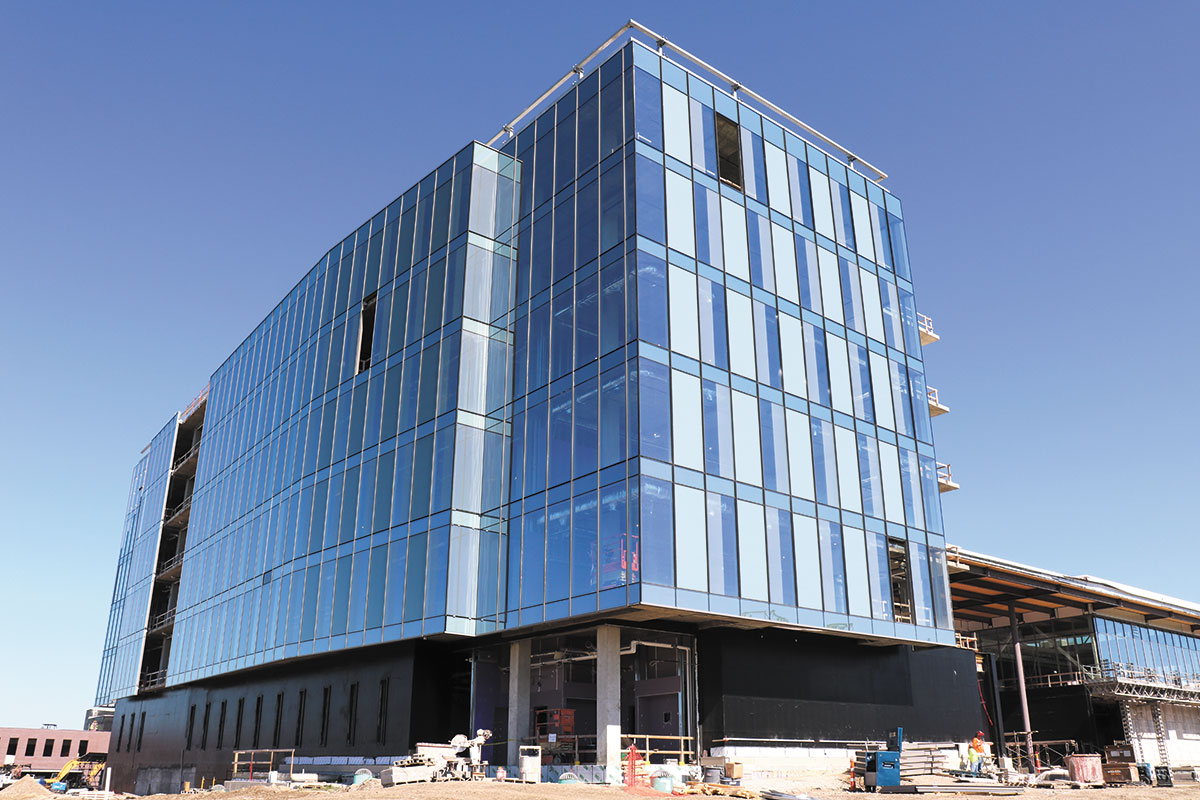
State and corporate leaders believe a tech park taking shape on the western edge of downtown could be a launchpad for health sciences innovation and commercialization as part of the state’s ambitious economic development portfolio.
The aim is to develop the OneHealth Innovation District—a partnership between Elanco Animal Health Inc., Purdue University and the Indiana Economic Development Corp.— into a research area for human, animal and plant health sciences.
The district is an expansion of the original plans Elanco had for part of the former GM stamping plant site. The Greenfield-based public company announced in December 2020 that it would move to Indianapolis and build a 220,000-square-foot headquarters there. It broke ground in April 2022.
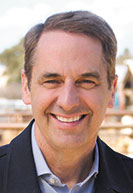
CEO Jeff Simmons said then that the Elanco campus would include an animal-health-focused collaboration and startup space, which he hoped would become an “epicenter of animal health.” Then this May, Elanco joined state leaders and Purdue officials at the IEDC’s Global Economic Summit to announce the OneHealth District designation.
The OneHealth moniker reflects a goal to broaden the district to encompass human and plant health, not just Elanco’s animal specialty, Simmons said.
“There’s no district like this,” he said. “We want this to be the destination.”
That could include biotech and life sciences offices, research facilities and even production. Or it could mean collaborative research or joint projects between companies and universities.
Already, Purdue, Elanco and the IEDC have agreed to develop a shared-use facility on 3 acres near the Elanco building. The facility will include office, wet lab and incubator space.
And to explore more possibilities, Elanco is inviting industry leaders and innovators to Indianapolis for a summit in mid-November.
“The biggest thing we want right out of the gate” is to entice innovative companies to develop “a pipeline of activity” in the district, Simmons said.
Part of the district’s appeal is its central location, he said. The headquarters of Eli Lilly and Co., which last year became the world’s most valuable pharmaceutical company, is less than 2 miles away, on the south side of downtown. The 16 Tech Innovation District, the Indiana Biosciences Research Institute, Indiana University Health’s expanding flagship campus and the Indiana University School of Medicine are all downtown as well.
And this month, Indiana’s Heartland BioWorks Hub learned it will be one of 12 tech hubs designated by the federal government to receive $51 million in CHIPS Act funding to begin implementing workforce development and startup support in the life sciences sector. The hub—a collaborative network of Indiana universities, the private sector, and state and federal governments—is designed to develop innovations in biotech manufacturing involving human, animal and plant sciences.

The OneHealth Innovation District “is only a component of something that we ought to all be treasuring,” said Dan Hasler, former Indiana secretary of commerce and Purdue University in Indianapolis development lead. “And that is the density of our life science industries and research components in this central Indiana, Indianapolis area.”
Building OneHealth won’t happen quickly, he said, but it’s a venture that leaders are confident will prove fruitful.
“It’s like cooking popcorn,” Hasler said. “I can’t tell you which kernels are going to pop first, second, third. But, I can tell you, before it’s all over, we’re going to have a lot of popcorn.”
Mapping out the district
Leaders are still mapping out plans for how OneHealth will complement and build on the Elanco headquarters.
The company focused its building design on shared spaces rather than a typical office building layout. Dave Kinard, an Elanco executive vice president, said remote working during the pandemic challenged the company to think differently about how to design the campus.
“Our intention is for this to be a destination, not an obligation,” Kinard said.
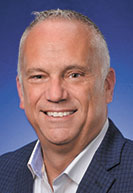
Jeff Luebker, Elanco’s global head of real estate and workplace, said the headquarters is designed for the workforce of the future.
The layout of the Elanco headquarters reflects the type of development leaders want to see fill out the rest of the district: office space, collaboration space, and research and development labs.
“We want this to be bigger than us,” Simmons said. “We want this to be a district. We want this to be a community, and we want it to be all linked to innovation.”
Originally, Elanco acquired about 13 acres for its headquarters and intends to purchase an additional 12 acres to the north by March.
A plat map provided to IBJ shows the district will span about 70 acres, with about 45 acres likely dedicated to additional OneHealth development, mostly west and south of the Elanco headquarters.
Property records show most of that land is currently owned by the IEDC.
Plans for development on those sites are still in very early stages, Kinard said, too early to even estimate how many companies will eventually fill the district.
OneHealth’s eastern border will abut a 7-acre White River State Park expansion between the reconfigured South White River Parkway West Drive and the river.
The district will also be connected to downtown by the planned $43 million Henry Street bridge, which will cross the White River and make Henry Street the primary throughway for the campus. The bridge project—which has been complicated by the planned excavation of remains from a historic cemetery on the east side of the river— received a $15 million grant from the Lilly Endowment Inc. in June.
Elanco leaders said the bridge, which will include pedestrian lanes, will serve as a crosstown corridor—making it easier for workers to funnel into the district using multiple modes of transportation.
While the Elanco headquarters is on track to open in the second quarter of next year, the timeline for the OneHealth district is much more fluid. Technology parks typically take a decade or more to complete, officials said, and Elanco leaders see their district’s development on a similar path.
Hasler, who has been involved in developing several Purdue research parks, said companies will emerge when they are ready and that the process can’t be forced.
“It’s not the kind of thing we have to rush,” he said. “We’ll be very purposeful.”
Easing barriers to innovation
Elanco’s Simmons said the big-picture goal of the district is to develop commercial ideas and products that improve the lives of pets, people and the environment.
To achieve that goal, the OneHealth campus will provide startups with funding, labs, university researchers and tech development space.
Elanco recently launched its Animal Health Venture Fund with $2 million in initial funding. The IEDC will manage the fund, which is meant to support early-stage entrepreneurs. Simmons said he expects the fund to grow through both private and public investments and to focus its investments on startups inside the district.
Hasler said he also expects Purdue—which has strong partnerships and history in animal health and biotech—to draw some companies to the district.
“It’s the relationships that the university has with the companies that are so robust [that] it requires a physical presence,” he said. “It will cause bricks and mortar to happen. It doesn’t happen in reverse.”
And because it can be difficult for some companies to make major investments, Hasler said a OneHealth goal is to create infrastructure that makes it easier for companies to establish either their headquarters or a satellite office in Indianapolis.
For example, Hasler said, in West Lafayette, Purdue allows companies and researchers to use workspaces for free, which in turn allows for those industry professionals to collaborate with faculty and students.
Elanco’s existing technical development research facility in downtown Indianapolis will be repurposed for startups and innovators to use for research and to get products to market while the OneHealth district is being developed. Eventually, Simmons said, a similar facility will likely be created on the OneHealth campus itself.
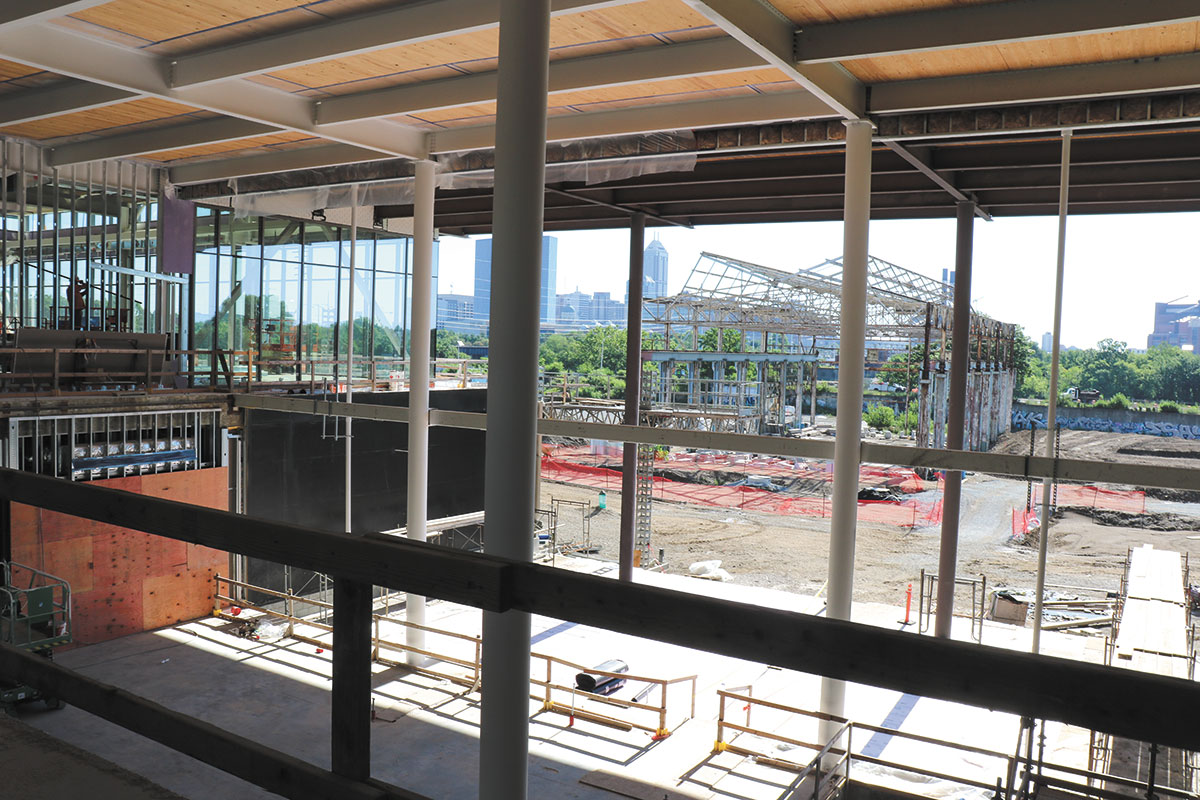
Purdue’s retention strategy
The OneHealth District is another way Purdue is expanding its presence in Indianapolis. On July 1, Purdue and Indiana University officially split up IUPUI, and Purdue began operating an extension of its West Lafayette campus in the capital city.
The university’s focus for its Indianapolis endeavor is to place students in real-world scenarios through research and especially internships while still taking classes. The OneHealth District—which sits less than a mile from Purdue in Indianapolis classrooms on the former IUPUI campus—will eventually be a cog in that opportunity ecosystem.
“All of those places are close enough that the students can do that while they’re in class, which is difficult to do from West Lafayette,” he said.
And that leads to a larger goal: State, industry and university leaders hope their efforts lead to an increased retention rate of Indiana college students. A 2022 Indiana Chamber of Commerce survey estimates 23,000 college students, or 40%, leave Indiana within a year of graduation.
Through Purdue’s new operations in Indianapolis—including development planned for the OneHealth District—students will see what the city has to offer while establishing roots in an industry, Hasler said. Through internships, he said, students will be more likely to receive a full-time offer from an Indiana company.
“Companies are better off if they can have an extended relationship with a student that might become their employee,” he said. “If the students have an opportunity to work with and around corporations in central Indiana, they’re much more likely to form a relationship with them, which makes it a lot more difficult for them to leave when they graduate.”•
Please enable JavaScript to view this content.

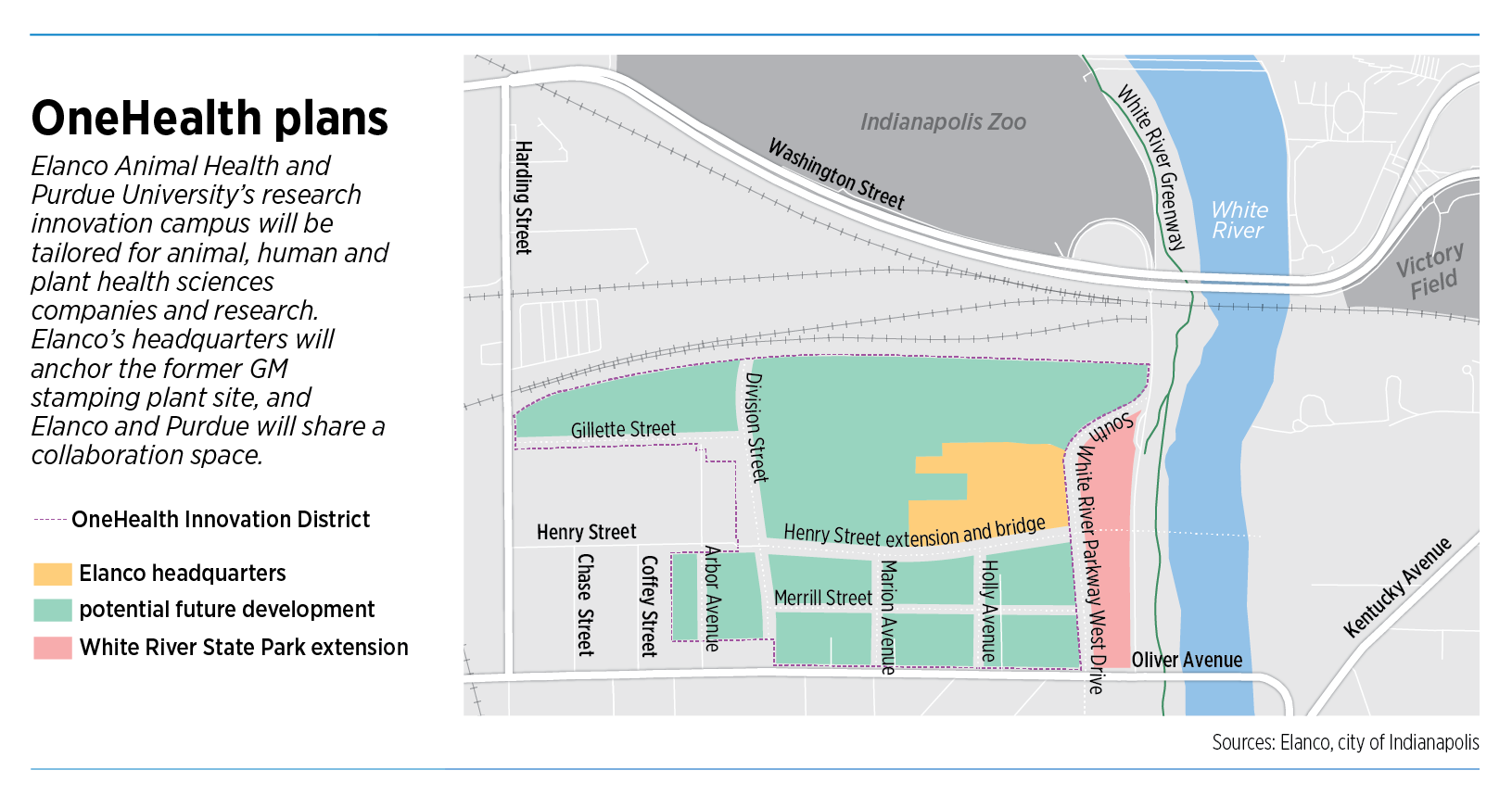
This sounds like it could turn into something major like what we see in Nashville and Austin. Indy definitely needs to take full advantage of the opportunity to develop this area and 16tech. Momentum is on the city’s side with all the major developments in and around downtown. This will have a major impact on retaining talent if done correctly. Fresh new and young talent like new office and lab space that’s surrounded with art, nature, recreational space, mix use and healthy food choices and a vibrant neighborhood near by. New shiny modern architecture is always a plus
This sounds awesome.